Learn the art of crafting homemade face masks offers a wealth of benefits for your skin. Using these 20 easy DIY face mask recipes, you’ll indulge in natural ingredients that cater to your unique skin needs without the harsh chemicals found in commercial products. Not only are these natural face masks cost-effective and sustainable, but they also empower you to personalize your skincare routine, ensuring a fresh and mindful experience with every application.
Get glowing skin with our guide to making your own homemade face mask using natural ingredients. Whether you’re aiming to soothe acne-prone skin or seeking a refreshing glow, we provide step-by-step advice tailored to various skin concerns. Keep reading to unlock the secrets of effective natural skincare, and learn how to mix the perfect concoction for a radiant complexion.
Now, let’s move forward and explore these nourishing homemade face masks that could transform your skincare practice. From choosing the right ingredients to the final touches of moisturization, we’re here to help you make a skincare routine that’s as enjoyable as it is beneficial.
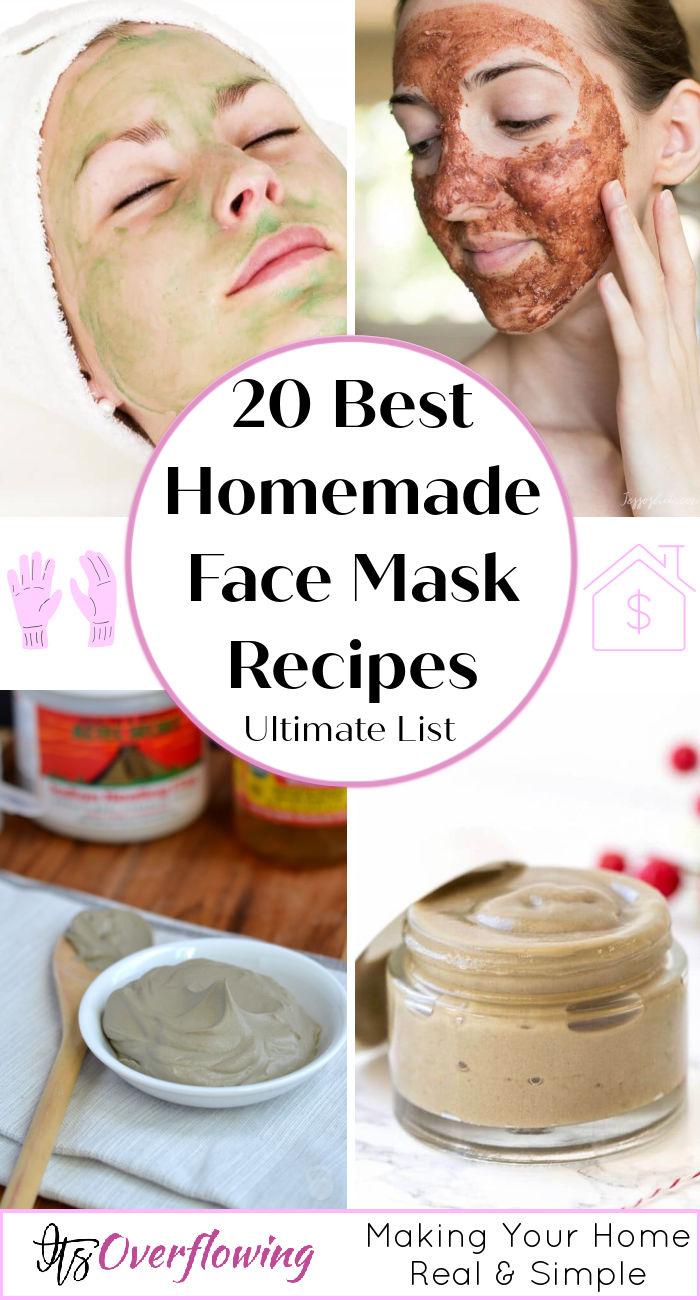
Why Use Homemade Face Mask?
Making your own face mask at home offers a myriad of benefits that you might not find in store-bought options. Here’s why you should consider them:
- Natural Ingredients: DIY masks use ingredients from your kitchen or garden, ensuring you’re applying nothing but pure, chemical-free substances to your skin.
- Cost-Effective: Instead of spending on expensive treatments, utilize economical ingredients like oatmeal, honey, and lemon which are just as effective, if not more.
- Customization: Tailor the mask to your specific skin needs. Add more honey for dry skin, or lemon for its lightening properties if you have acne scars.
- Reduced Side Effects: With natural ingredients, the risk of skin irritation or allergic reactions diminishes compared to the synthetic compounds found in commercial products.
- Freshness: Preparing a mask as you need it means it’s always fresh, with no preservatives or expired ingredients that could harm your skin.
- Sustainability: DIY masks are eco-friendly, reducing packaging waste and the environmental impact associated with manufactured products.
- Mindfulness: Crafting your own skincare ritual promotes relaxation and a sense of well-being, transforming your routine into a therapeutic experience.
Remember, what works for one person might not work for another, so don’t hesitate to experiment with different ingredients to find what suits your skin best. Always conduct a patch test before applying a new mixture to your entire face to ensure you don’t have an adverse reaction.
How to Choose the Right Homemade Face Mask for Your Skin
Understanding Your Skin Type
Before diving into homemade face mask recipes, it’s crucial to identify your skin type. This will guide you to select the best ingredients that cater to your skin’s specific needs.
Normal Skin
- Characteristics: Balanced hydration, few imperfections, no severe sensitivity.
- Mask Selection: You can choose from a wide variety of masks. Ingredients like honey or yogurt are safe bets for maintaining your skin’s health.
Oily Skin
- Characteristics: Shiny complexion, large pores, prone to acne and blackheads.
- Mask Selection: Look for masks with clay or lemon, which can help control excess oil and cleanse deeply.
Dry Skin
- Characteristics: Rough, dull complexion, less elasticity, more visible lines.
- Mask Selection: Opt for hydrating ingredients like avocado and honey to moisturize and soothe dryness.
Combination Skin
- Characteristics: Dry in some areas (cheeks) and oily in others (forehead, nose, and chin).
- Mask Selection: Balancing masks with oatmeal can gently exfoliate and hydrate.
Sensitive Skin
- Characteristics: Redness, itching, burning, or dryness.
- Mask Selection: Gentle ingredients like aloe vera and chamomile can soothe and reduce inflammation.
Addressing Specific Skin Concerns
Your unique skin concerns also play a significant role in choosing a homemade face mask.
Acne-Prone Skin
- Goal: Reduce inflammation and bacteria that contribute to acne.
- Ingredients to Look For: Bentonite clay, honey, tea tree oil, turmeric, and aloe vera.
Dull Skin
- Goal: Achieve a brighter, more radiant complexion.
- Ingredients to Look For: Lemon, papaya, and yogurt which have natural enzymes and acids to brighten the skin.
Aging Skin
- Goal: Smooth fine lines and boost skin firmness.
- Ingredients to Look For: Antioxidant-rich ingredients like green tea and vitamin C from citrus fruits.
Conducting a Patch Test
No matter which mask you choose, always conduct a patch test to ensure you don’t have an adverse reaction.
- Step 1: Apply a small amount of the mask to the inside of your elbow.
- Step 2: Wait for 24 hours.
- Step 3: If there’s no reaction, it’s generally safe to use on your face.
Preparing to Mask
To maximize the benefits of your homemade face mask:
- Cleanse: Wash your face to remove makeup and impurities before applying the mask.
- Exfoliate: Consider a gentle exfoliation to remove dead skin cells for better ingredient absorption.
- Apply Properly: Use clean fingers or a brush and avoid sensitive areas around the eyes and mouth.
Aftercare
- Rinse: Use lukewarm water to gently remove the mask without scrubbing.
- Hydrate: Follow up with a non-comedogenic moisturizer to lock in hydration.
- Frequency: Use the face mask once or twice a week, but adjust based on your skin’s reaction.
By understanding your skin type and concerns, conducting a patch test, preparing your skin properly, and following aftercare recommendations, you can choose and use a homemade face mask that brings out the best in your skin. Remember, the journey to healthy skin is personal and requires patience and consistency.
How to Make a Homemade Face Mask
Making your own DIY face mask can be a rewarding and effective way to manage your skin concerns. Follow this step-by-step guide to make a natural, homemade face mask that’s tailored to your skin’s needs.
Step 1: Choose Your Ingredients
Start by selecting natural ingredients that are known to help combat acne and are suitable for your skin type. Here are some common options:
- Bentonite Clay: Draws out impurities and toxins.
- Apple Cider Vinegar: Balances pH levels and has antibacterial properties.
- Honey: Naturally antibacterial and soothing for the skin.
- Turmeric: Has anti-inflammatory properties.
- Aloe Vera: Soothes and heals the skin.
- Tea Tree Oil: An antimicrobial agent that can help clear acne.
Step 2: Prepare Your Work Area
Clean and sanitize your workspace, utensils, and containers. Wash your hands thoroughly to prevent any contamination of your face mask ingredients.
Step 3: Mix Your Ingredients
In a non-metallic bowl, mix together your chosen ingredients. Use a wooden or plastic spoon to combine them into a smooth paste. Here’s a simple recipe to get you started:
- 1 tablespoon of bentonite clay
- 1 teaspoon of apple cider vinegar
- 1 teaspoon of honey
- A drop or two of tea tree oil (optional)
Step 4: Conduct a Patch Test
Before applying the mask to your face, do a patch test on a small area of your skin (like the inside of your elbow) to ensure you don’t have an adverse reaction to any ingredients.
Step 5: Apply the Mask
Using clean fingers or a mask brush, apply the mask evenly to your, avoiding the eye and mouth areas. Leave it on for about 10-15 minutes, or until it starts to harden but is still slightly damp to the touch.
Step 6: Rinse Off the Mask
Gently wash off the mask with warm water, using circular motions to remove it completely. Finish by splashing your face with cool water to close your pores.
Step 7: Moisturize Your Skin
Pat your face dry with a clean towel and apply a non-comedogenic moisturizer to keep your skin hydrated.
Additional Tips
- Frequency: Use the face mask once or twice a week, depending on your skin’s sensitivity.
- Customization: Feel free to add or remove ingredients based on what works best for your skin. For example, add more honey if your skin is dry.
- Freshness: Make a fresh batch each time to ensure the potency and safety of the ingredients.
- Mindfulness: Take this time to relax and enjoy the process of caring for your skin.
By following these steps and tips, you can make a homemade face mask that not only treats acne but also provides a calming self-care experience. Remember, consistency and patience are key when it comes to natural skincare.
FAQs About Homemade Face Masks
Discover answers to frequently asked questions about homemade face masks. Get the information you need to make informed decisions about your skincare routine.
Can homemade face masks really improve my skin health?
Absolutely! Homemade face masks can be just as effective as store-bought ones, if not more so. They use natural ingredients that can provide your skin with nutrients and benefits without the harsh chemicals often found in commercial skincare products.
How do I choose the right ingredients for my skin type?
To choose the right ingredients, consider your skin concerns. For oily skin, clay or tea tree oil can help control excess oil. For dry skin, ingredients like honey or avocado can provide moisture. If you have sensitive skin, oatmeal and aloe vera can soothe and calm your skin.
Are there any risks associated with DIY face masks?
The risks are minimal, but it’s important to conduct a patch test before using any new mask on your face. Natural ingredients can still cause allergic reactions in some people, so it’s better to be safe and test a small amount on your arm first.
How long can I store a homemade face mask mixture?
Most homemade face mask mixtures should be used immediately to avoid bacterial growth and ensure the potency of the ingredients. If you must store them, keep them in the refrigerator for up to 48 hours, but this varies depending on the ingredients used.
What should I do if I experience irritation after using a homemade face mask?
If you experience irritation, rinse off the mask immediately with cool water and gently pat your skin dry. If irritation persists, it’s best to consult with a dermatologist or healthcare provider.
How often should I use a homemade face mask?
It’s recommended to use a homemade face mask once or twice a week. Pay attention to how your skin reacts, and adjust the frequency accordingly. Overuse can lead to skin sensitivity or dryness.
What are some easy-to-find ingredients that are great for homemade face masks?
Some easy-to-find ingredients include:
- Oatmeal: For gentle exfoliation and soothing properties
- Honey: For its antibacterial and hydrating benefits
- Lemon: For its brightening effects
- Banana: For moisture and nourishing vitamins
- Yogurt: For a mild exfoliating effect due to lactic acid
How should I prepare my skin before applying a homemade face mask?
Before applying your mask, cleanse your skin to remove any makeup or impurities. This helps the ingredients penetrate better and ensures you get the most out of your face mask.
Can I use a homemade face mask if I have acne?
Yes, but choose ingredients that won’t irritate your acne. Bentonite clay, honey, and tea tree oil are good options as they have antibacterial and anti-inflammatory properties. Always do a patch test first to avoid any adverse reactions.
What natural ingredients are most effective for acne-prone skin?
Natural ingredients like honey, bentonite clay, apple cider vinegar, turmeric, aloe vera, and tea tree oil are known for their antibacterial and anti-inflammatory properties, making them highly effective in treating acne-prone skin.
How often should I apply a DIY face mask for acne?
Apply a DIY face mask once or twice a week. However, it’s essential to listen to your skin—if you notice any irritation, reduce the frequency of application.
Can I use a homemade face mask if I have sensitive skin?
Yes, but always perform a patch test on a small skin area first. Choose ingredients like aloe vera and honey, which are gentle and soothing for sensitive skin.
Are there any side effects to using DIY face masks for acne?
Natural ingredients generally have fewer side effects, but it’s possible to have an allergic reaction. Conduct a patch test and start with a small amount of any new ingredient.
How do I know which face mask recipe is best for my skin type?
Identify your skin type (oily, dry, combination) and select a recipe with ingredients that target your specific needs. For oily skin, clay masks are great; for dry skin, consider masks with honey or yogurt.
How long should I leave a homemade acne mask on my face?
Typically, leave a face mask on for 10-15 minutes, or until it starts to dry but is still a bit damp. Don’t wait until it’s completely dry as this can cause skin irritation.
Remember, everyone’s skin is unique, so what works for someone else may not work for you. Listen to your skin, experiment with different ingredients, and find the best homemade face mask recipe that suits your skin’s needs.
20 Best Homemade Face Mask Recipes
Discover the top 20 homemade face mask recipes for a fresh and glowing complexion.
1. Homemade Face Mask for Acne
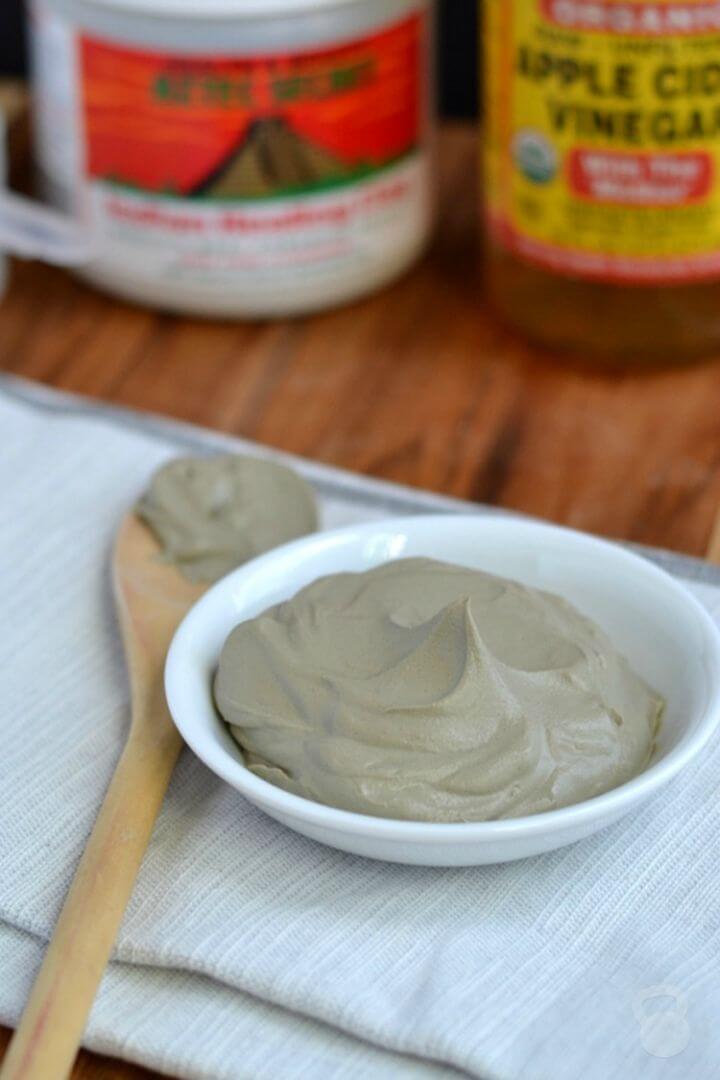
Struggling with acne can be a challenge, but Coconuts & Kettlebells offers a simple and effective solution with a homemade face mask designed to combat breakouts and promote smooth skin. Made with just a few ingredients—bentonite clay, apple cider vinegar, and optional lavender oil—this mask harnesses the natural antibacterial properties of its components to help clear your complexion.
The instructive content provided is easy to follow and engages readers in taking charge of their skincare routine. Tailor the mask to your skin’s sensitivity by adjusting the application time, and incorporate it into your weekly regimen for best results. For those eager to improve their skin health with natural methods, this face mask recipe could be a game-changer.
2. DIY Honey Oatmeal Acne Mask
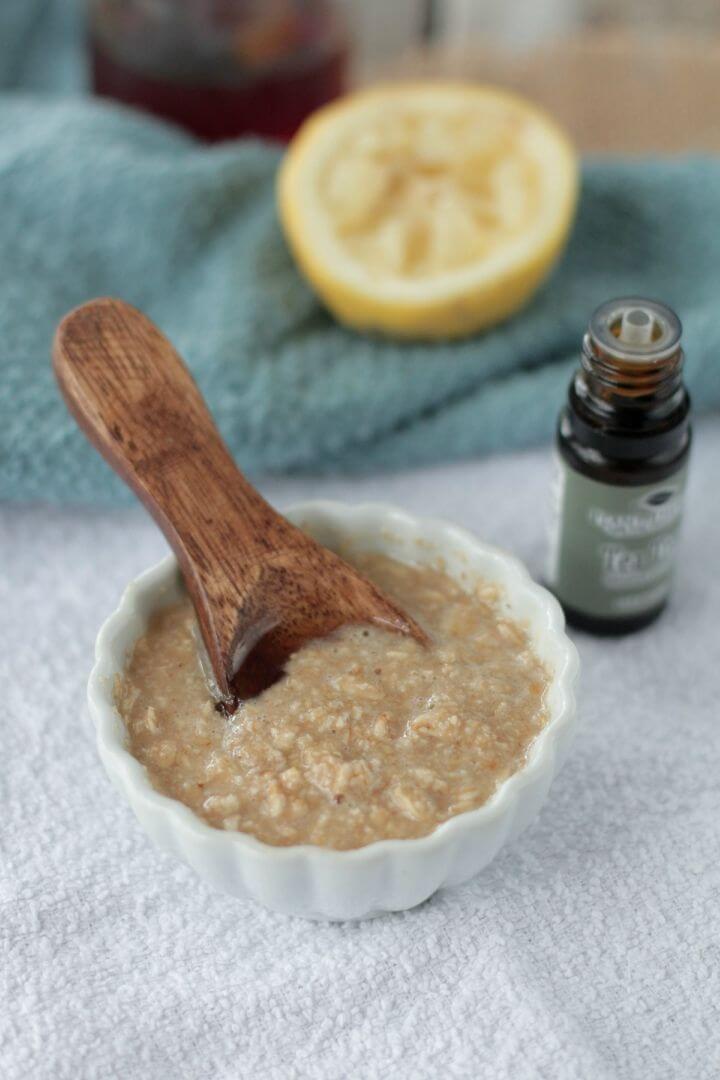
Struggling with acne? Live Simply offers a soothing solution with its Homemade Honey Oatmeal Acne Mask. Embrace the natural healing powers of honey, oats, lemon, and tea tree oil in this easy-to-make facial treatment. Not only does it help in combating acne, but it also nourishes the skin, leaving it with a radiant glow.
The ingredients boast anti-inflammatory and antibacterial properties, ideal for all skin types. Prepare to pamper your skin with this homemade mask that promises to be gentle yet effective. With a quick prep time and ingredients you might already have in your kitchen, you’re steps away from clearer, healthier-looking skin.
3. Red and Green Clay Face Mask for Acne
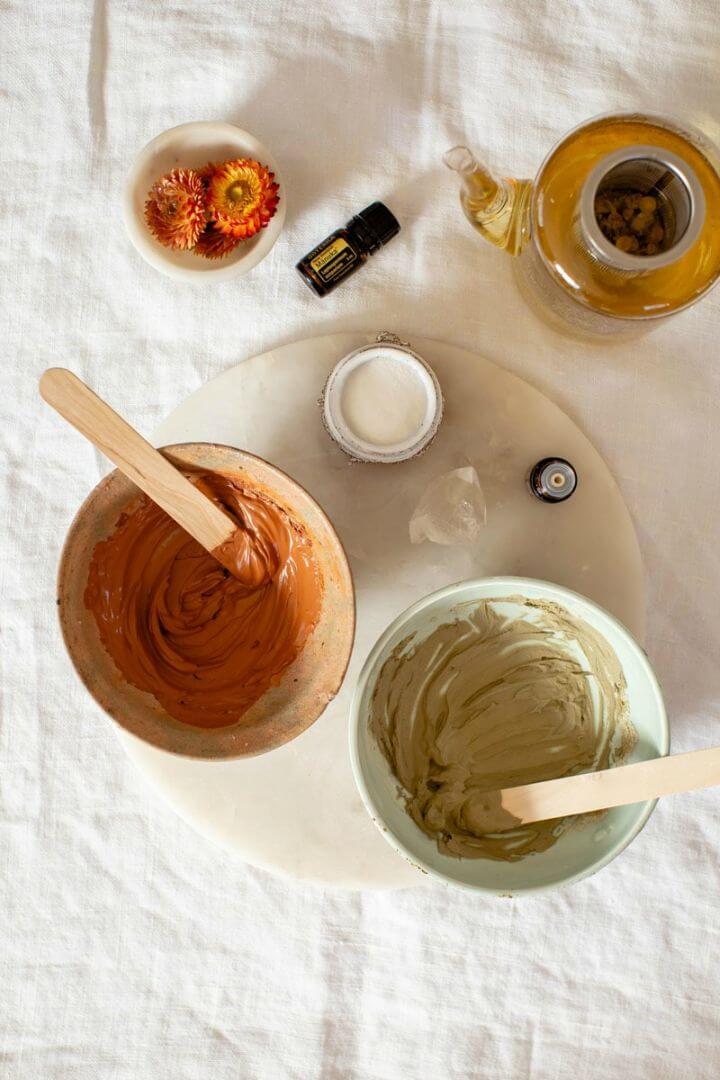
Struggling with acne? Ascension Kitchen offers a homemade face mask recipe by Naturopath Lauren Glucina, designed to soothe inflamed skin and combat breakouts. With only four natural ingredients, including mineral-rich clay and calming chamomile, this mask provides a spa-like experience while infusing your skin with the healing properties of vitamin C and essential oils.
Perfect for a weekly self-care routine, this mask is easy to prepare and leaves your skin feeling detoxified and refreshed. For a complete guide on how to mix and apply this mask, along with additional naturopathic advice for managing acne, visit Ascension Kitchen’s informative guide.
4. DIY Acne Face Mask at Home
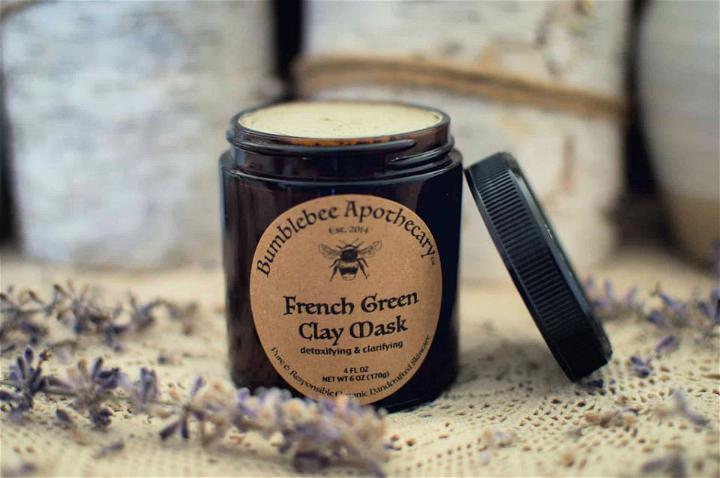
Revitalize your skin with the nourishing French Green Clay Mask recipe from Bumblebee Apothecary. Ideal for those struggling with acne, this DIY mask harnesses the purifying power of French green clay and white kaolin clay to detoxify and gently exfoliate. Soothing aloe vera gel forms the base, while the healing properties of St. John’s Wort and lavender flowers help reduce inflammation.
Lavender essential oil not only combats redness but also lends its antibacterial benefits. For convenience, add a natural preservative if you plan to store the mask at room temperature. With easy-to-follow instructions, making this skin-enhancing mask is a breeze, leaving you with a clearer complexion and tighter pores.
5. Make a Matcha Face Mask for Acne
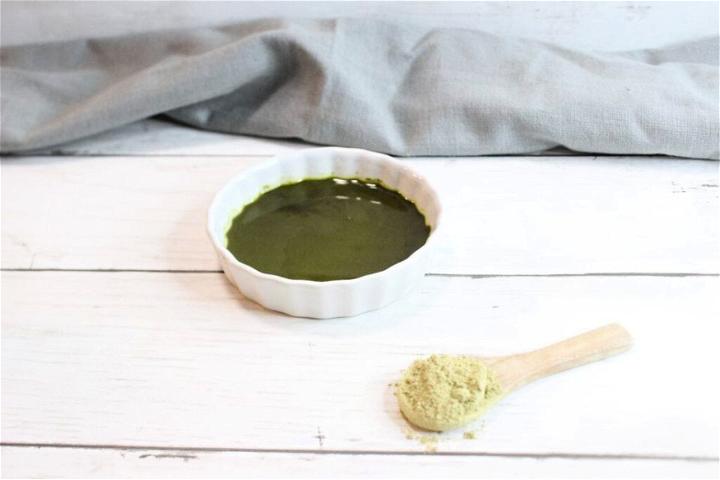
Discover a refreshing way to care for your skin with a DIY matcha face mask, ideal for tackling acne with natural ingredients. Loaded with the antioxidant benefits of green tea powder, the soothing touch of aloe vera, and the purifying action of pink kaolin clay, this homemade recipe is a simple and cost-effective solution for achieving clearer, more radiant skin.
Infused with the therapeutic properties of frankincense and tea tree essential oils, this mask not only fights blemishes but also promotes a calm and balanced complexion. Ideal for a weekly pampering session, the DIY matcha face mask is gentle enough for sensitive skin types and can easily become a cherished part of your skincare routine. Kate Able
6. Easy DIY Anti-Acne Face Mask
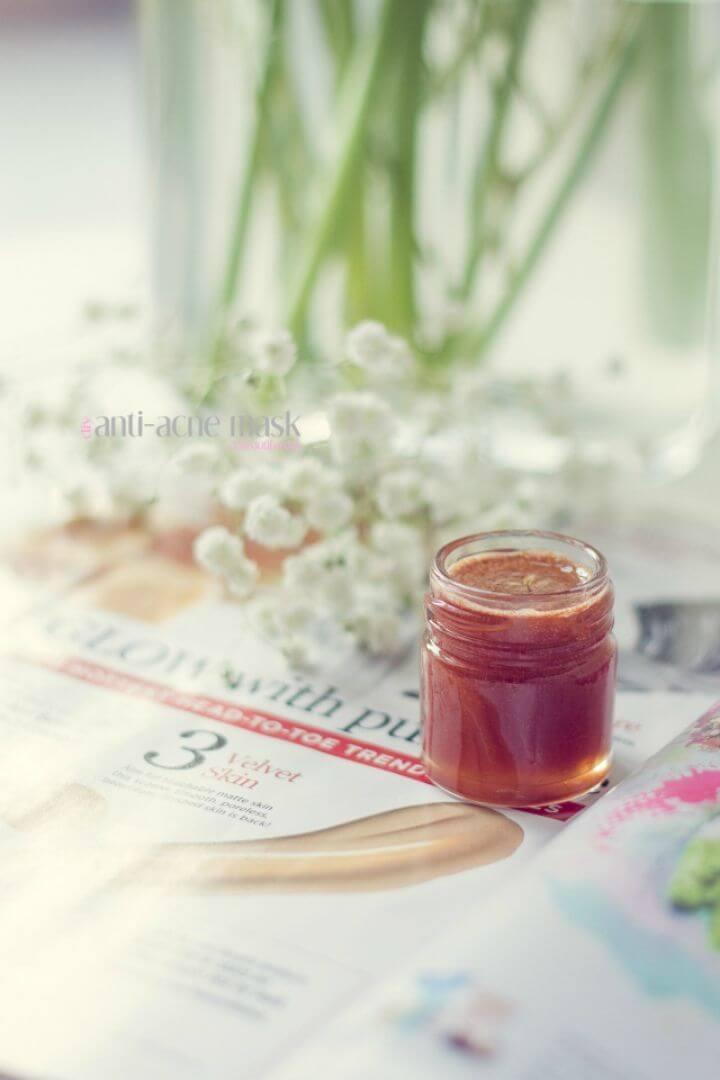
Struggling with acne, especially during warmer months, can be frustrating. A Beautiful Day offers a simple, DIY anti-acne mask that harnesses the natural benefits of honey, cinnamon, and lemon to help manage blemishes and maintain smooth skin. Honey provides moisture and antioxidant protection, cinnamon reduces inflammation and combats acne, while lemon aids in exfoliation and lightening dark spots.
Easily mix these kitchen staples to make a soothing mask. Apply it 2-3 times a week for best results, and remember to stay hydrated by drinking plenty of water daily. Enjoy clear, radiant skin with this cost-effective, homemade solution.
7. Face Mask for Acne Prone Skin
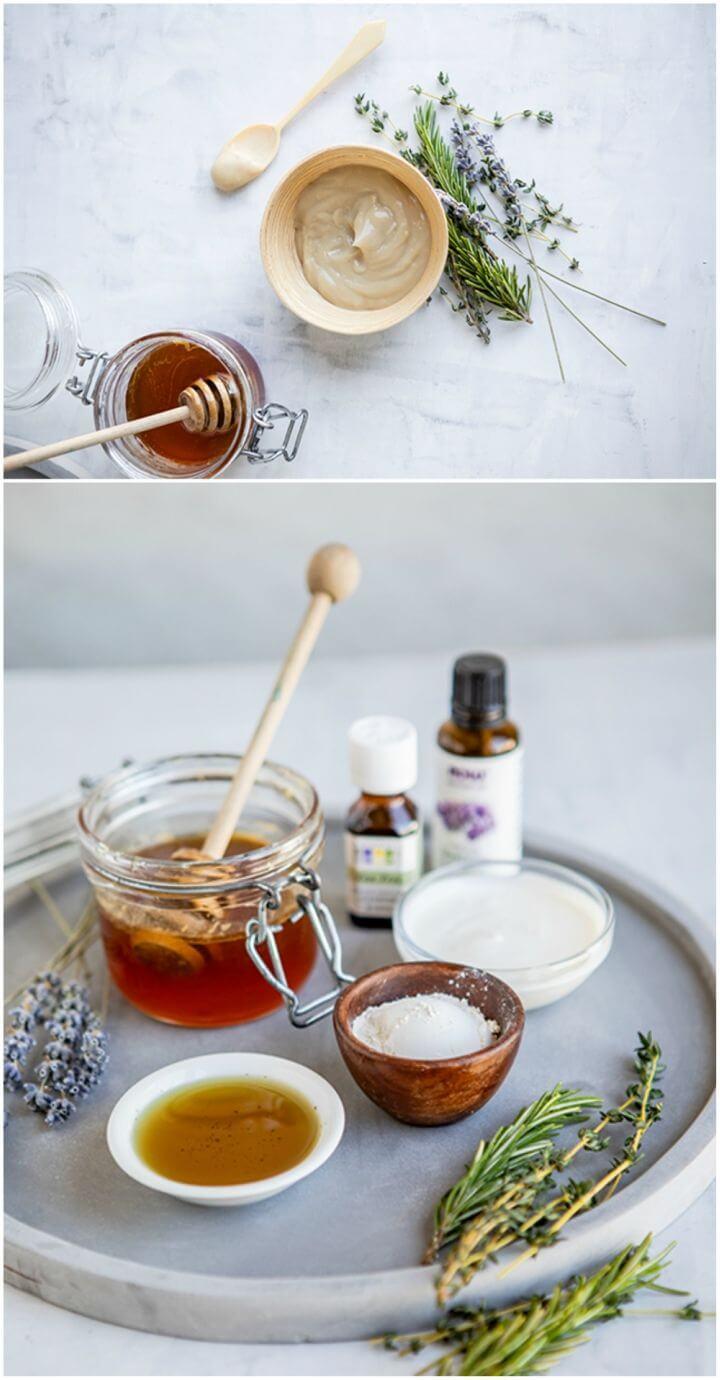
Treat your acne-prone skin to a homemade face mask that harnesses the power of natural ingredients. Naomi Whittel provides a simple DIY recipe combining bentonite clay, rosemary, thyme, yogurt, raw honey, and essential oils to cleanse and soothe inflamed skin. Bentonite clay removes excess oils, while the herbs’ polyphenols and antimicrobial properties target breakouts.
Yogurt and honey rebalance the skin’s microbiome, with lavender and tea tree oils adding calming and additional antibacterial benefits. Mix these wholesome ingredients and pamper your skin with a mask that’s both nourishing and effective. Use it regularly for a clearer complexion, keeping it fresh in your fridge for up to four days.
8. 3 DIY Pomegranate Face Mask
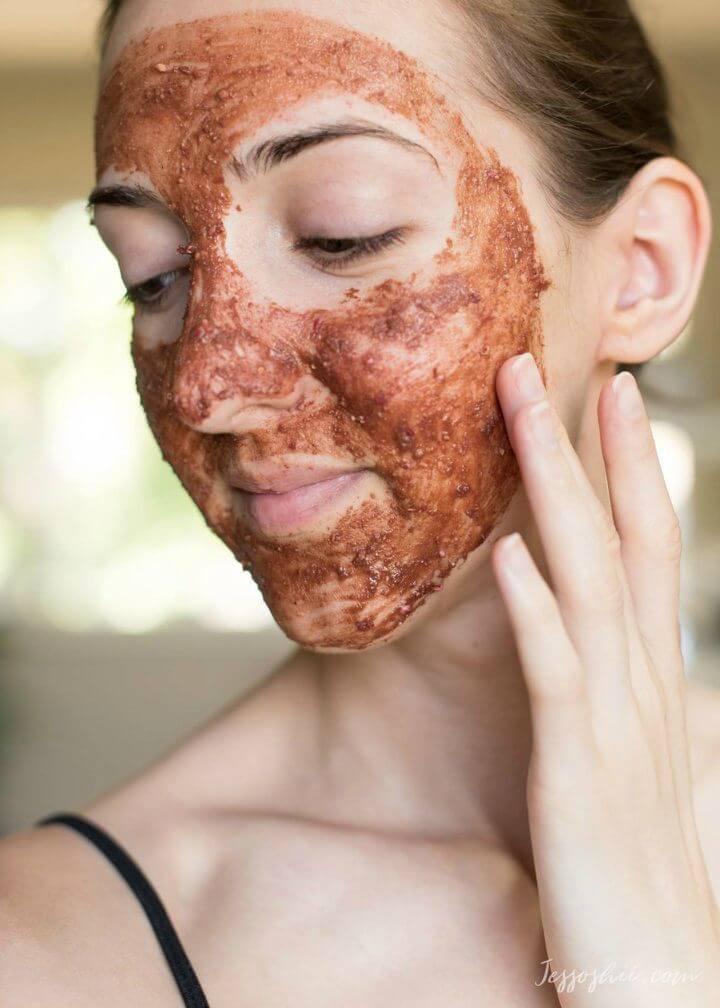
Discover how to harness the power of pomegranate for your skincare with JESSOSHII‘s DIY face mask recipes. These masks, rich in antioxidants, are designed to target common skin concerns such as acne, signs of aging, and dark spots. With easy-to-follow instructions and natural ingredients like cacao, matcha, and camu camu, you can make effective treatments for a radiant complexion.
Perfect for a pampering session at home, these masks can be used regularly to maintain healthy, glowing skin. Visit JESSOSHII for the full recipes and learn how to mix up your beauty routine with the benefits of pomegranate.
9. Making a Turmeric Face Mask for Acne
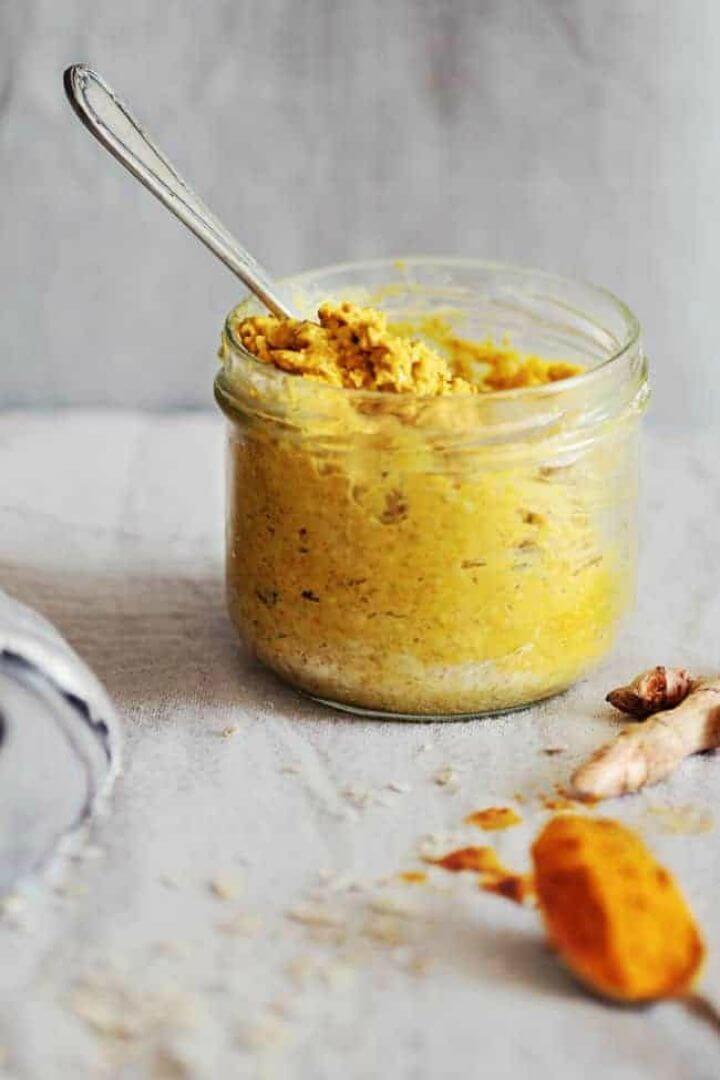
Unlock the secret to radiant skin with Hello Glow‘s turmeric face mask recipe! Turmeric, known for its anti-inflammatory and antioxidant properties, can transform your skincare routine. Our easy-to-follow guide ensures a mess-free application and teaches you how to avoid any unwanted yellow tints on your skin.
Ideal for tackling acne, dry skin, and uneven skin tones, this natural remedy is a game-changer for achieving a brighter complexion. Dive into our helpful tips and variations to customize your mask for the ultimate skin pampering experience.
10. Soothing Clay Mask for Stubborn Breakouts
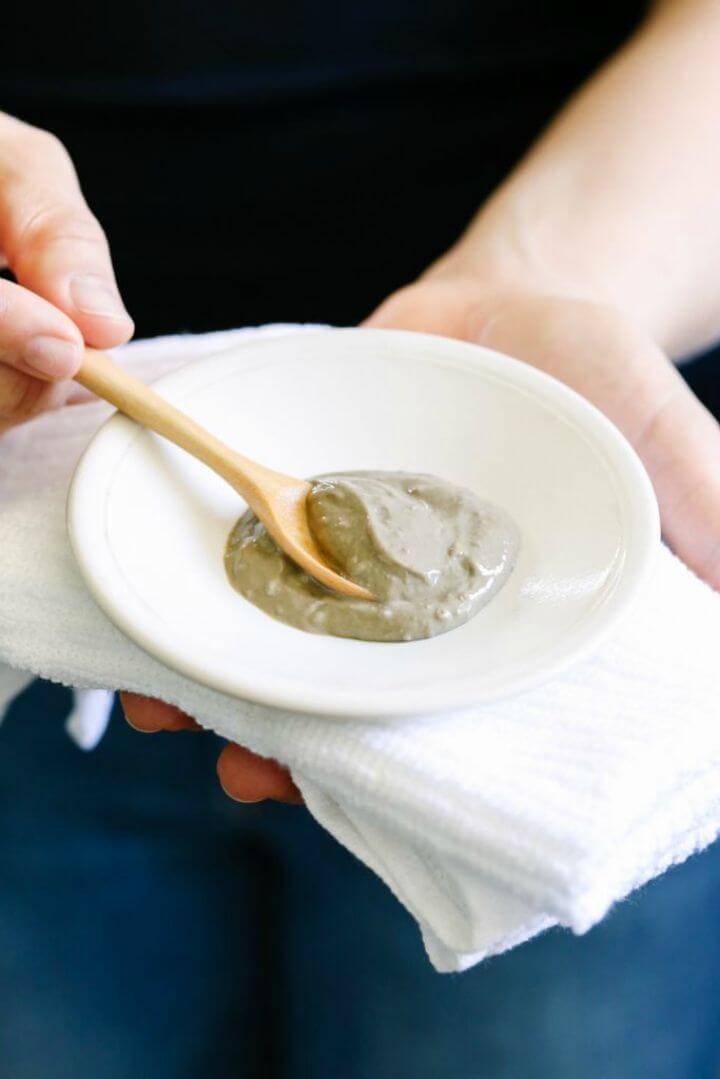
Struggling with stubborn breakouts or scars from past acne? Live Simply offers a homemade soothing clay mask recipe that’s both simple and effective. Comprised of honey, aloe vera, and bentonite clay, this mask harnesses natural ingredients known for their skin-calming and antibacterial properties.
Perfect for a weekly skincare ritual or as a spot treatment, it’s designed to unclog pores, reduce inflammation, and promote healing. Learn how to mix up this gentle yet potent mask and take a step towards clearer, healthier-looking skin.
11. Handmade Buttermilk Face Mask for Acne
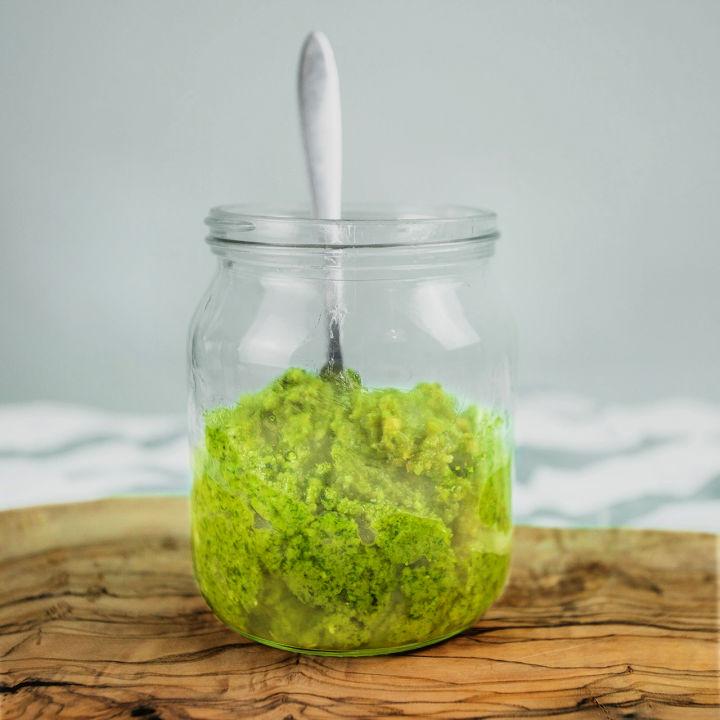
Struggling with acne and oily skin? The Sattva Centre offers a soothing remedy: a homemade face mask crafted from curry leaves, turmeric, and buttermilk. Known for its anti-inflammatory and healing properties, this blend can alleviate acne symptoms, absorb excess oil, and even help with blackheads, dark circles, and facial puffiness.
To make this mask, grind fresh curry leaves and turmeric into a paste, then mix with buttermilk for a perfect consistency. Apply it to your face for 10-15 minutes at night, ensuring a gentle wash afterward. For persistent skin issues, consider consulting with an Ayurvedic Practitioner for personalized care.
12. How to Make a Glamglow Mask
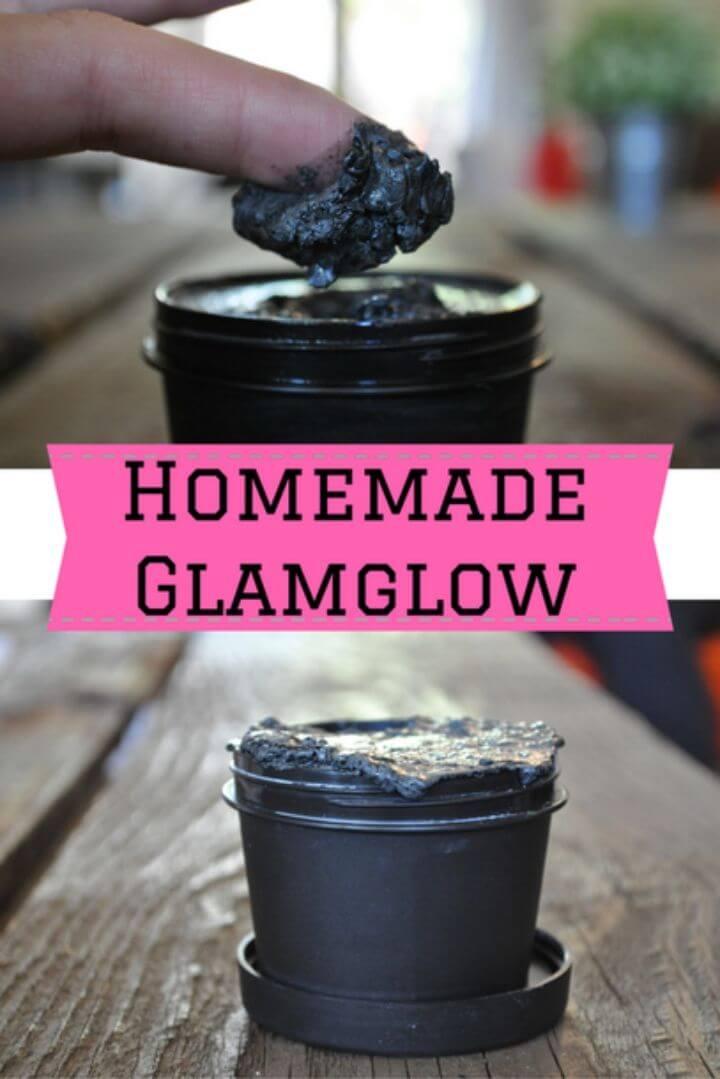
Make your own high-quality face mask at home with this DIY Glamglow recipe from Clover Lane. Ideal for those with acne-prone, oily, or troublesome skin, this homemade mask is both cost-effective and simple to make. With just a few natural ingredients like bentonite clay, chamomile tea, tea tree oil, and activated charcoal, you can whip up a luxurious skin treatment that rivals expensive commercial products.
The included instructions are easy to follow, ensuring a smooth and mud-like consistency for your mask. Remember to store it in an airtight container and, if using coconut oil, allow it to warm to room temperature before applying for a refreshing skin care experience.
13. Cinnamon Honey Face Mask for Acne
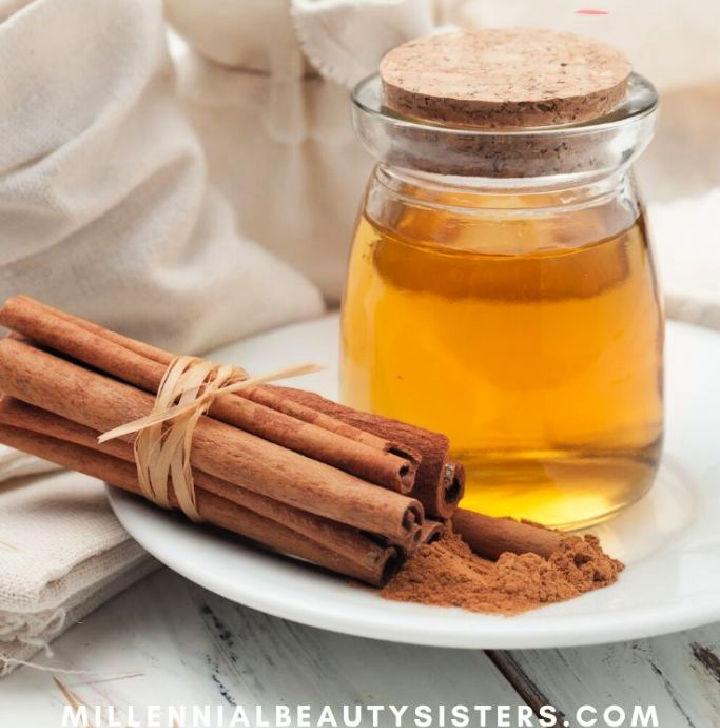
For a soothing and natural remedy to tackle acne and redness, the Cinnamon Honey Face Mask from Millennial Beauty Sisters is a perfect choice. This DIY mask combines the exfoliating properties of cinnamon with the antibacterial benefits of honey, leaving your skin feeling clean and soft. It’s simple to make with ingredients you likely have in your kitchen, and it’s gentle enough for regular use.
Enjoy a spa-like experience at home while potentially reducing acne with this easy-to-follow recipe. Plus, while you’re relaxing with your mask, check out some recommended shows for a complete unwind session. Millennial Beauty Sisters offers this and more to enhance your beauty routine on a budget.
14. Pumpkin Face Mask for Acne-Prone Skin
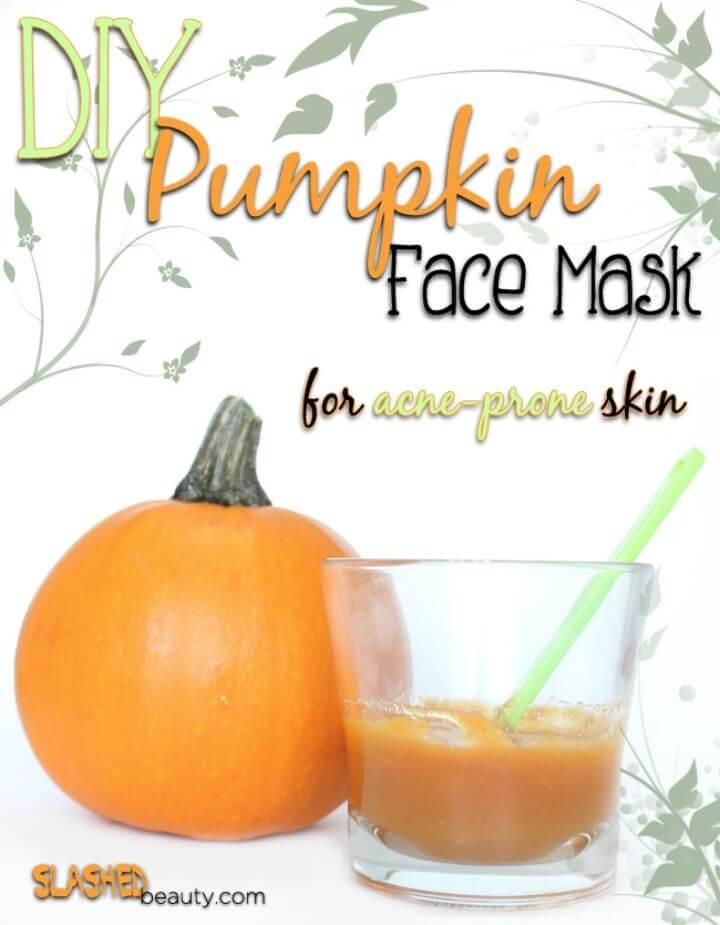
Discover the skin-nourishing power of pumpkins with Slashed Beauty‘s DIY Pumpkin Face Mask, perfect for acne-prone skin. Packed with vitamins A and C, this homemade remedy boosts collagen and protects against sun damage. The addition of honey and apple cider vinegar enhances the mask’s antibacterial properties, helping to treat acne while moisturizing and exfoliating the skin.
Ideal for oily and combination skin types, this easy-to-make mask can be adjusted for those with dry skin by altering the vinegar content. Embrace the season and give your skin a treat with this simple, effective recipe.
15. Simple DIY Face Mask for Acne
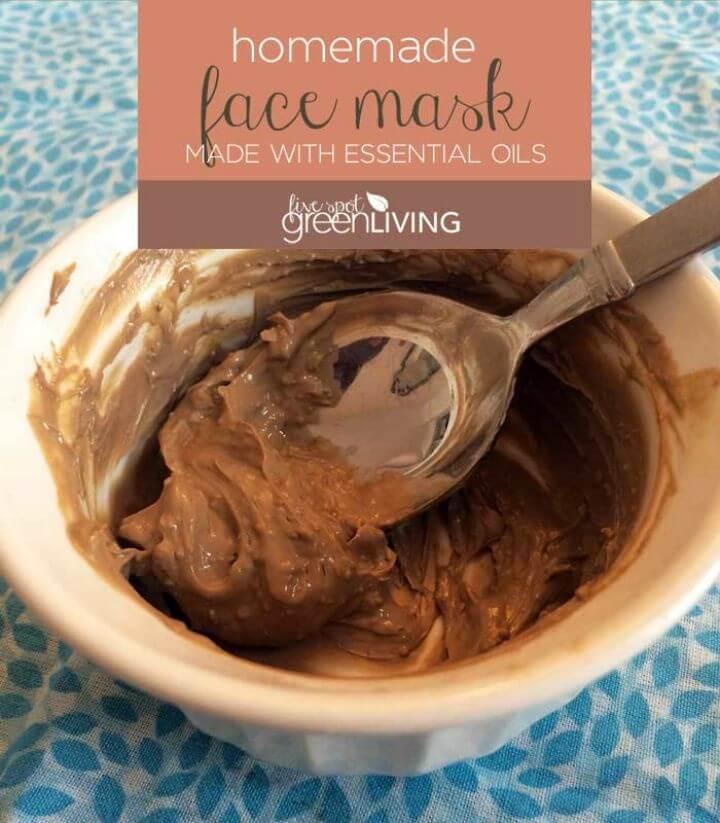
Revitalize your skin with a homemade essential oil face mask, perfect for giving your complexion a natural boost. Five Spot Green Living shares a simple DIY recipe combining kaolin clay, lavender oil, and other skin-nourishing ingredients to detoxify and refresh your skin.
Ideal for any skin type, this face mask harnesses the power of organic compounds to balance oil production and encourage cell regeneration. Mix up this easy-to-follow blend and indulge in a spa-like experience at home, leaving your skin glowing and rejuvenated.
16. How to Make Your Own Acne Face Mask
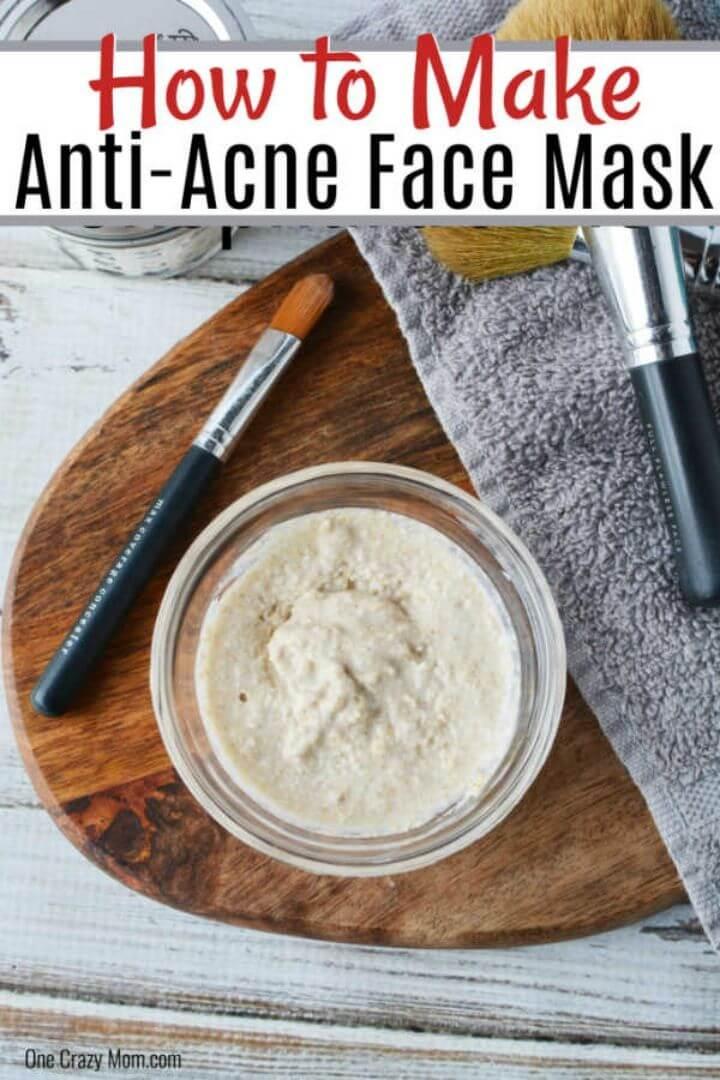
Struggling with acne and searching for a natural remedy? One Crazy Mom offers a simple DIY Face Mask for Acne that harnesses the power of everyday ingredients like oatmeal and baking soda. This homemade solution aims to exfoliate, unclog pores, and reduce acne visibility, all while being kind to your skin.
With a focus on ease and affordability, you’ll learn how to craft a skincare treatment that’s free of harsh chemicals and perfect for a weekly skincare routine. Embrace the benefits of natural ingredients and see the difference in your skin’s appearance.
17. Overnight Face Mask for Acne and Radiant Skin
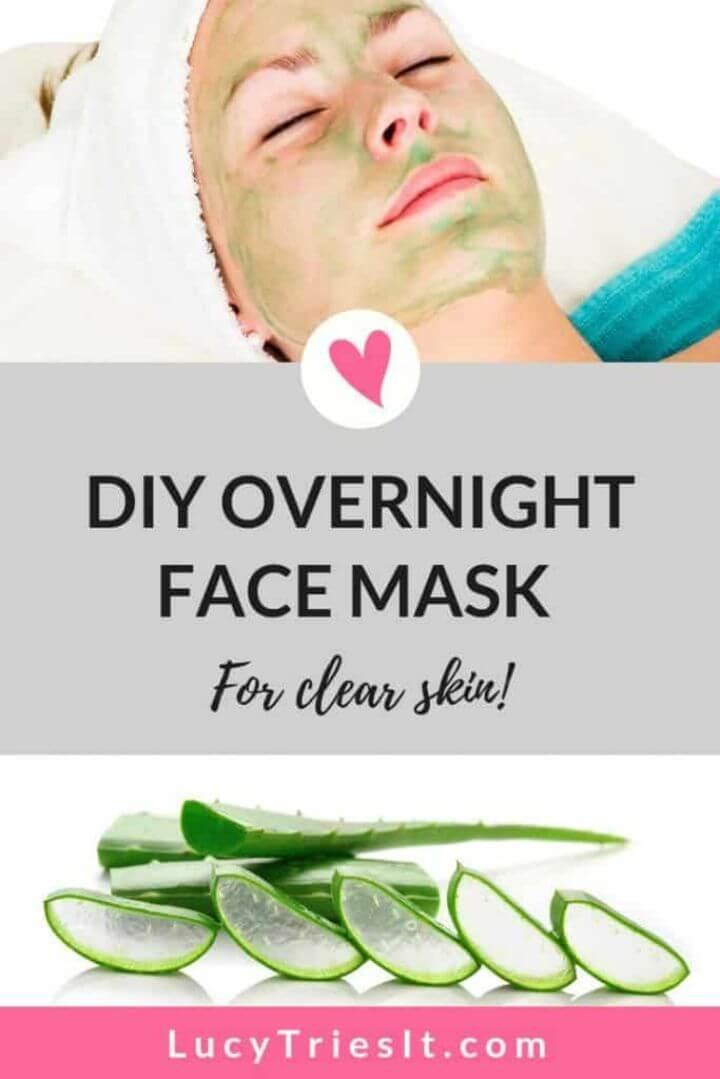
For radiant skin that greets you each morning, Lucy Tries It recommends a simple DIY overnight face mask. Using just one natural ingredient, aloe vera, this mask is infused with vitamins A, C, and E, along with the inflammation-reducing enzyme bradykinase, to promote a glowing complexion and soothe acne. Obtain a fresh aloe leaf from a supermarket or grow your own plant for a sustainable source.
Application is a breeze: slice, extract the gel, and apply to your face before bed. Wake up to softer, more luminous skin with this effortless, homemade remedy. Remember to conduct a patch test before fully integrating it into your skincare routine.
18. Homemade Soothing Gel Face Mask for Acne
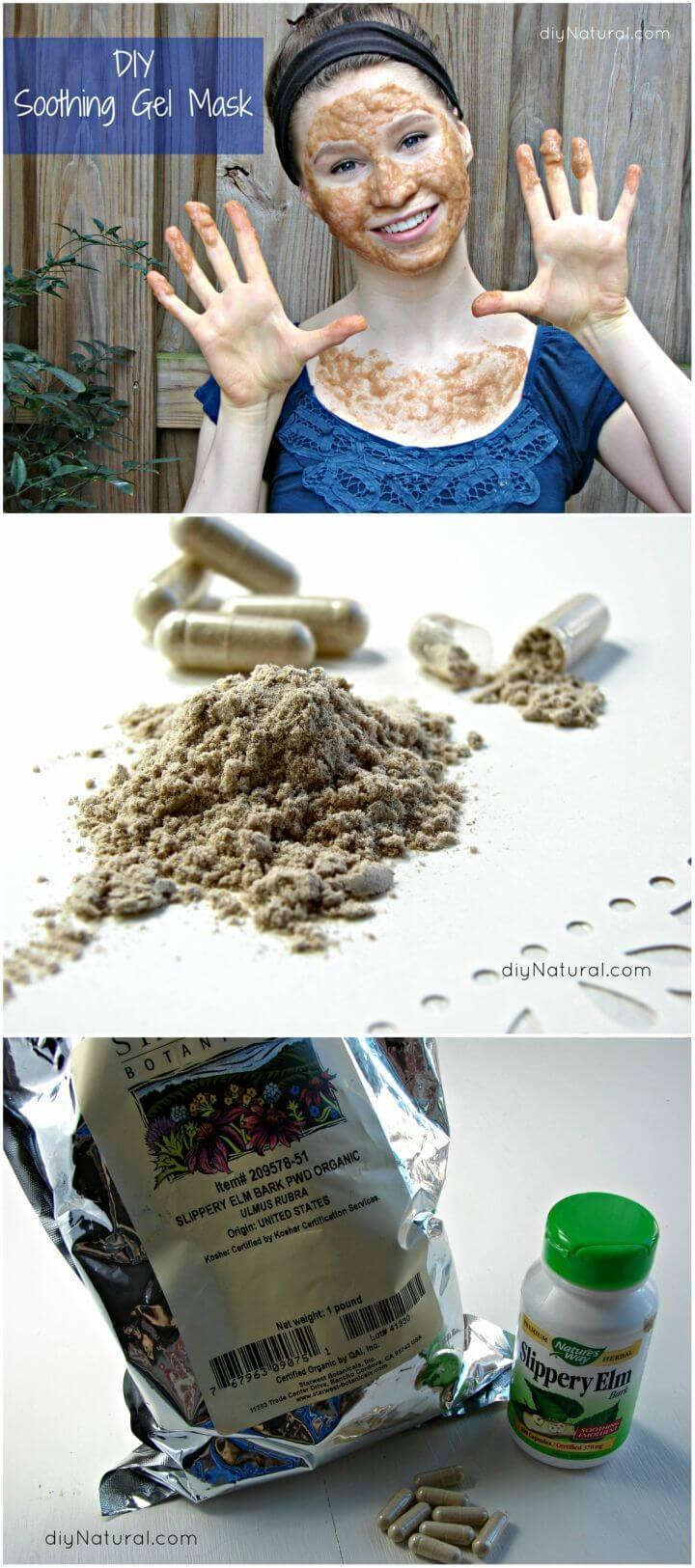
Struggling with acne can be frustrating, but a soothing homemade gel face mask might be just what your skin needs. On DIY Natural, discover how to make a simple yet effective treatment using slippery elm bark and aloe vera. These natural ingredients are known for their calming properties, providing relief from acne inflammation, sunburn, and dry skin.
The recipe is straightforward, requiring just a teaspoon of slippery elm powder and aloe vera to form a gel-like consistency. Apply the mixture to your face for a relaxing experience that aims to reduce redness and hydrate your skin. With the potential to last several months when refrigerated, this homemade remedy could become a staple in your skincare routine.
19. Healing Honey Clay Mask Acne Prone Skin
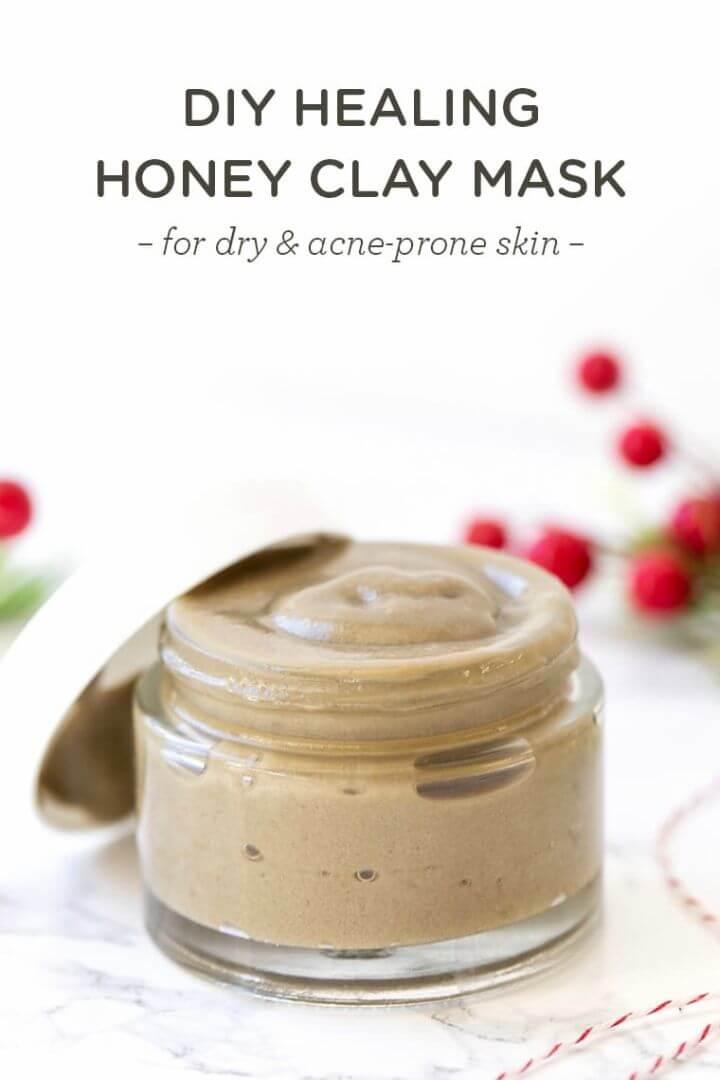
Nourish your skin with a homemade Healing Honey Clay Mask, tailored for dry and acne-prone skin. Simply Quinoa offers a step-by-step guide to crafting a clay mask that not only hydrates but also purifies your pores. With ingredients like Indian Healing Clay, raw honey, and essential oils, this DIY mask combines nature’s best to rejuvenate your complexion.
Avocado oil adds a gentle touch, ensuring your skin receives the care it deserves. Follow this easy, engaging tutorial to make a spa-quality treatment in the comfort of your home, enhancing your skincare routine with a touch of natural luxury.
20. Charcoal Face Mask for Acne Prone Skin
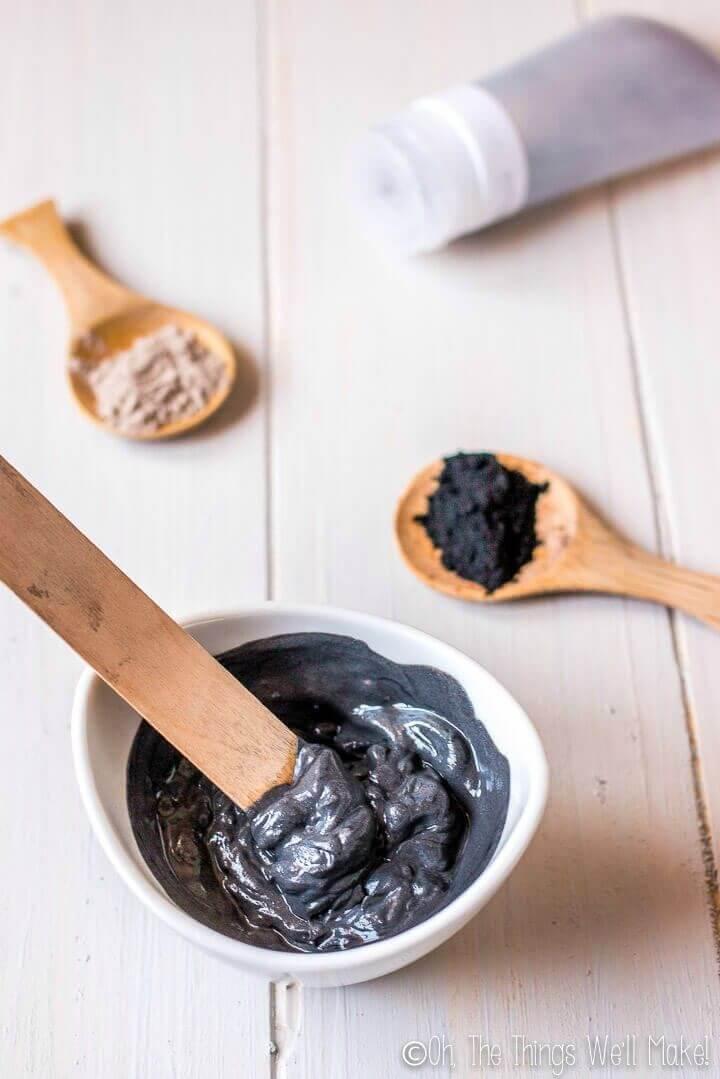
Struggling with acne-prone skin? Oh, The Things We’ll Make! offers a simple, DIY charcoal face mask recipe tailored for oily and combination skin types. This homemade remedy harnesses the power of bentonite clay and activated charcoal, ingredients renowned for their ability to detoxify and absorb excess oils. With the added benefits of witch hazel, this mask not only helps to fight acne but also soothes inflammation.
Easy to prepare, the mask can be made with readily available components, ensuring a clear and balanced complexion. For best results, mix the dry ingredients ahead of time and combine with a liquid when you’re ready to apply, making a fresh treatment for each use.
Conclusion
In conclusion, mastering the craft of homemade face masks can elevate your skincare routine to new heights. Our collection of “20 best DIY face mask recipes” equips you with natural, cost-effective options to address a variety of skin concerns. With each recipe tailored to different skin types and conditions, you’ll find a nourishing solution that’s as unique as your skin. So why not indulge in the simplicity and effectiveness of these DIY face masks for a radiant complexion? Your skin will thank you for the fresh, chemical-free care you’re providing.
